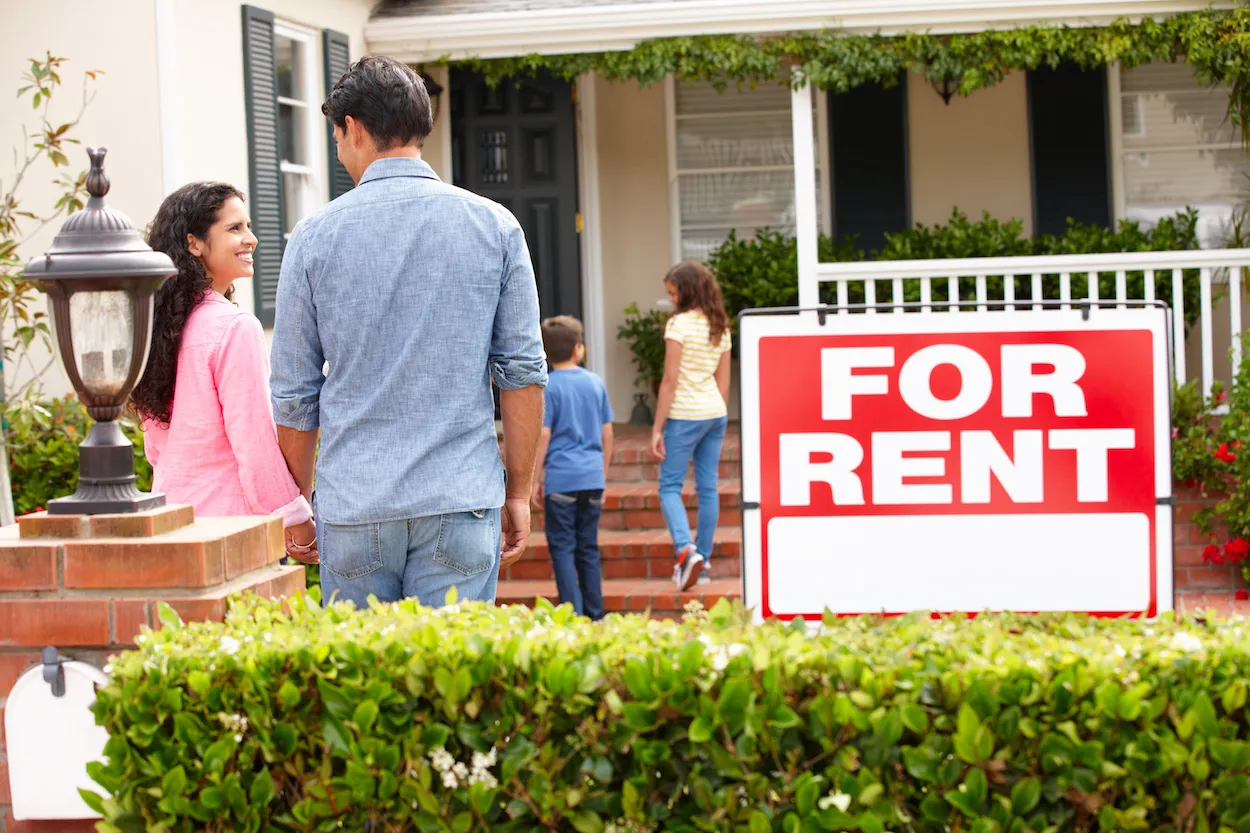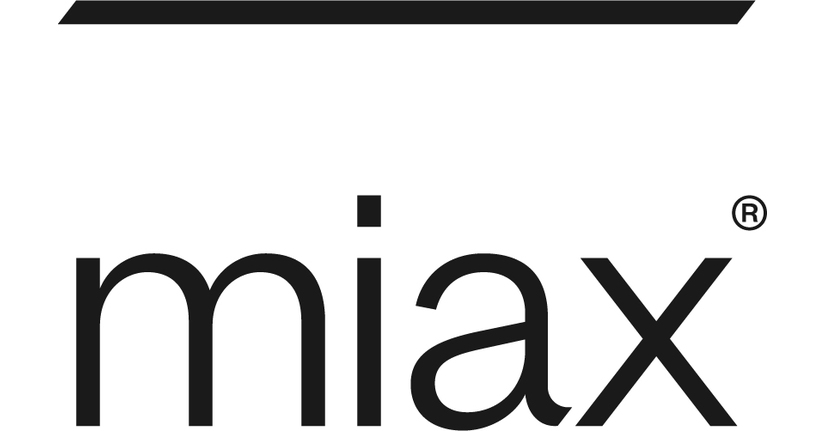Low-end single-family rentals are getting more expensive

Over the past year, the pace of rent increases has cooled significantly, drawing the market closer to its pre pandemic levels.
U.S. single-family rent increases in July 2023 registered a 3.1% year-over-year gain, down from 3.3% in June, CoreLogic’s latest Single-Family Rent Index (SFRI) showed. The index, which analyzes single-family rent price changes nationally and across major metropolitan areas, dropped on an annual basis for the 15th consecutive month in July. Among other factors, the fact that apartment construction is at a five-decade high largely contributed to the easing of rent prices, according to Bright MLS Chief Economist Lisa Sturtevant.
For most of the metro areas, annual single-family rent growth rose was in the single digits, though there were notable exceptions in Las Vegas, Miami and Austin, Texas, which respectively recorded declines of -1%, – 0.6% and -0.5%.
St. Louis posted the highest year-over-year increase in single-family rents in July 2023, at 7.3%. Chicago registered the second-highest annual gain at 6.3%, followed by Boston and San Diego (both 5.7%).
“While U.S. single-family rent growth has now reverted to its long-term average of about 3%, three U.S. metros recorded annual cost decreases in July,” Molly Boesel, principal economist for CoreLogic, said in a statement. “However, because the SFRI peaked in these metros in July 2022, the annual decreases represent a plateauing of costs rather than larger weaknesses in single-family rental markets.”
She also added that the gains of the past few years are unlikely to be totally erased in the near future. For example, Miami recorded a 0.6% decline in annual rent growth in July 2023, but the gain since July 2020 has registered 55%.
CoreLogic examined four tiers of rental prices: lower-priced (75% or less than the regional median), lower-middle priced (75% to 100% of the regional median), higher-middle priced (100% to 125% of the regional median) and higher-priced (125% or more than the regional median), and and two property-type tiers, attached versus detached. For the lower-priced category, growth was up 4.66% compared to 3.7%, 2.9% and 2.3%, respectively, for the three other categories. Detached rental prices were up 2.4% compared to attached price gains of 3.8%.
Regional rundown
St. Louis and Chicago, which tend to be more affordable, became more attractive to renters, posting annual growth that outpaces the national average. Meanwhile, some Sun Belt markets that saw high rental gains one year ago are now near the bottom of the list for rental price appreciation.
While lower rents appear to be a good sign, there is also a risk that falling rents will boost rental demand, Sturtevant noted, especially as first-time homebuyers are priced out of homeownership by 7%+ mortgage rates.
“The key is for sustained delivery of new housing supply in places where demand is the strongest,” Sturtevant said in a statement last week.


